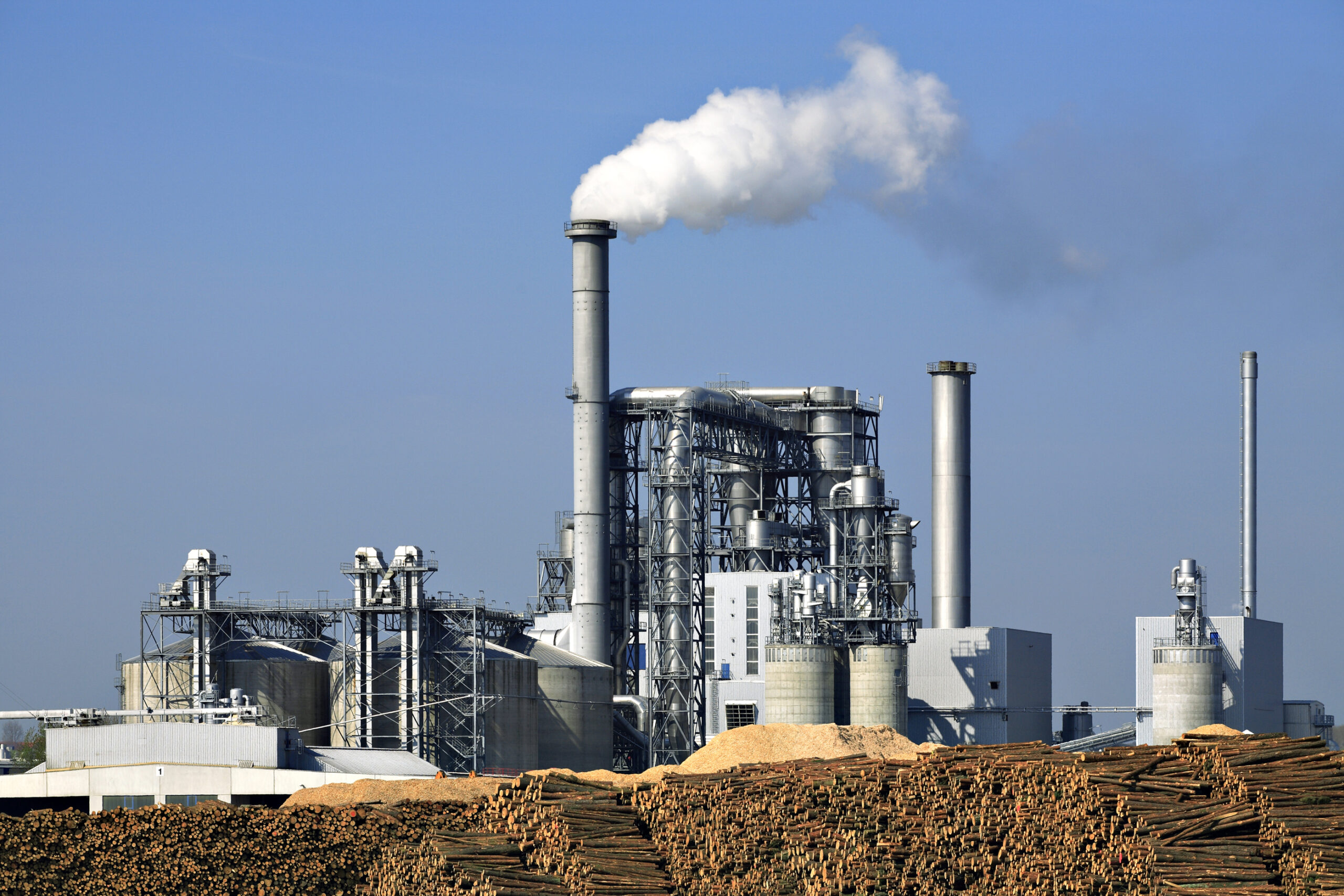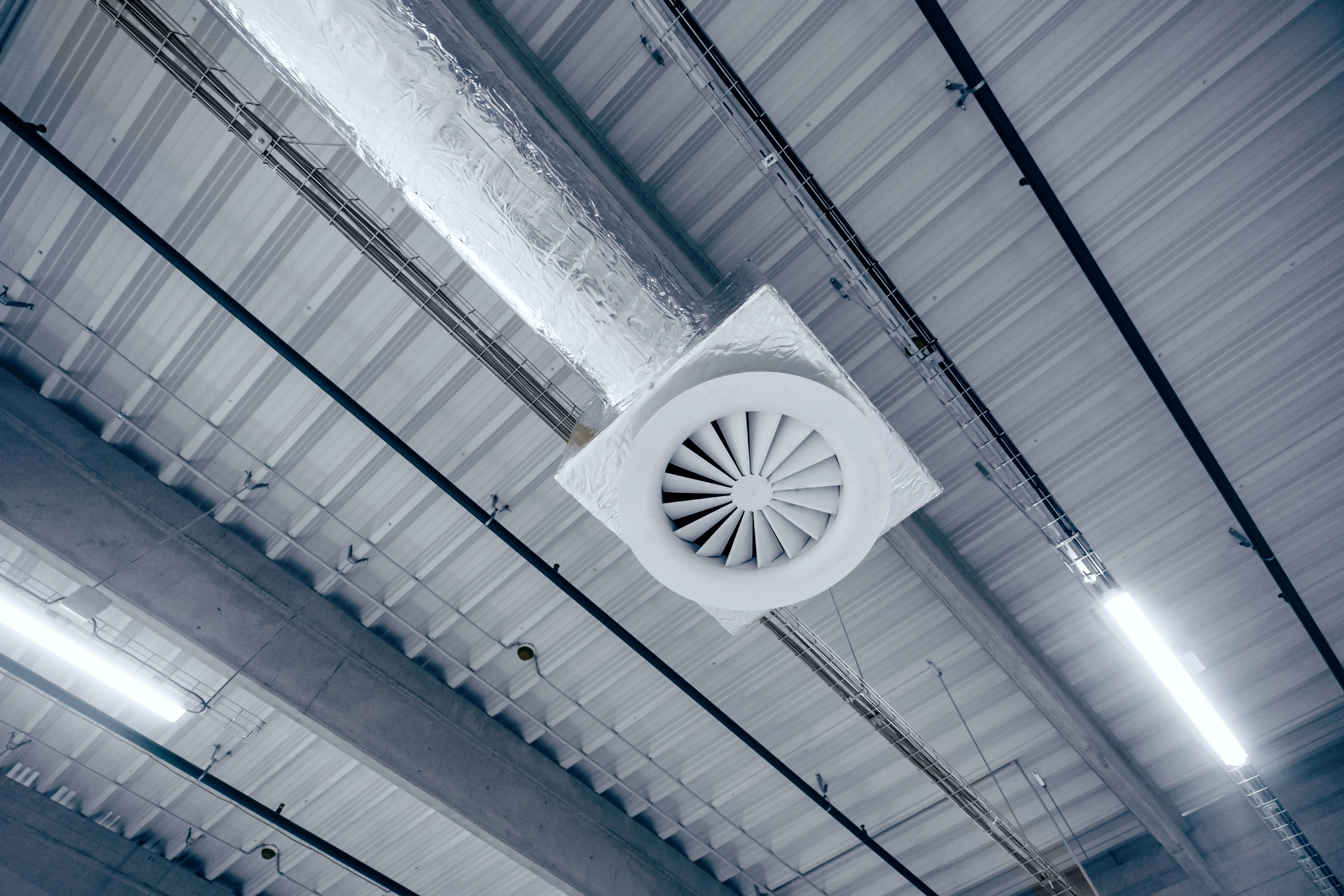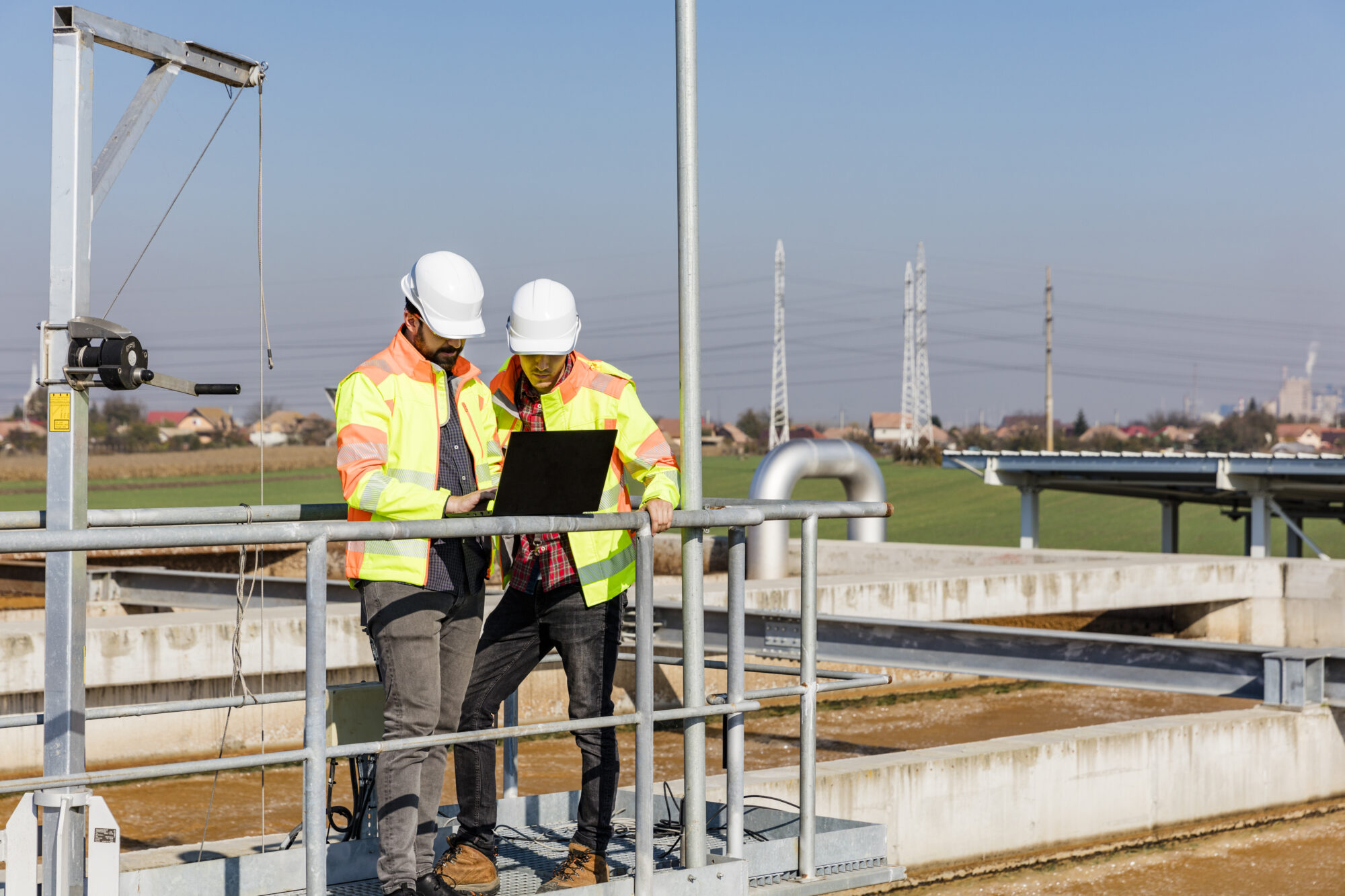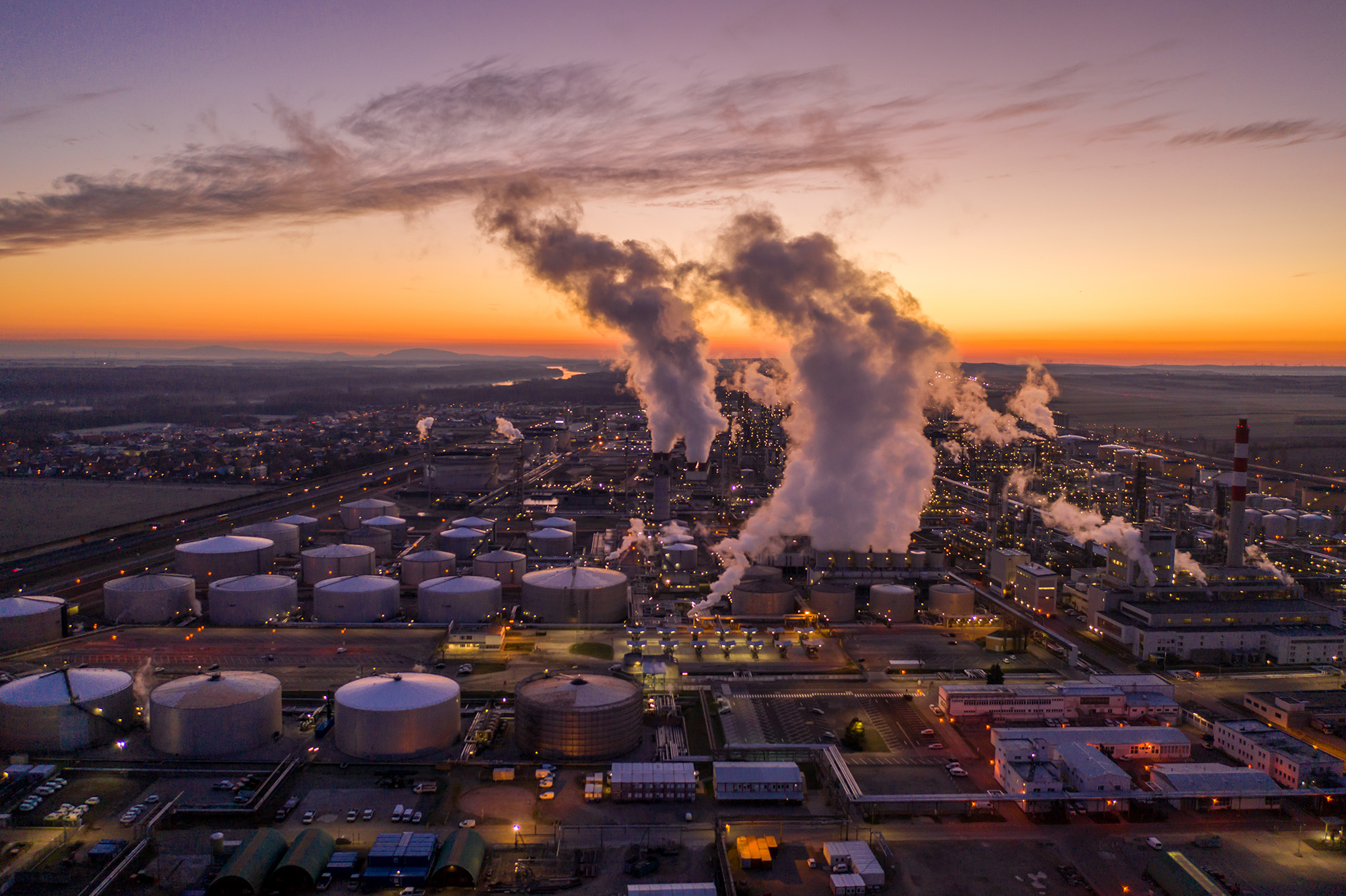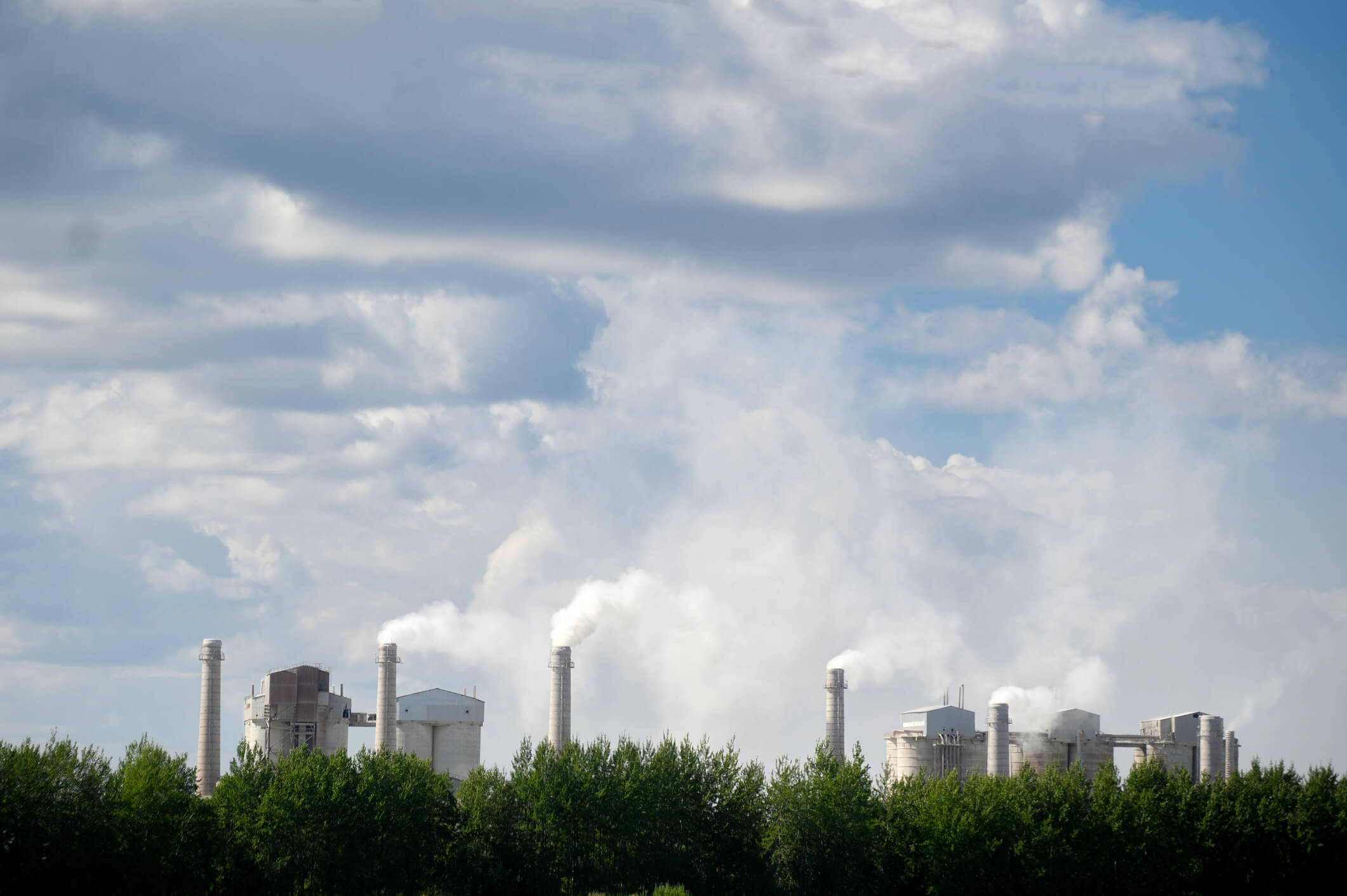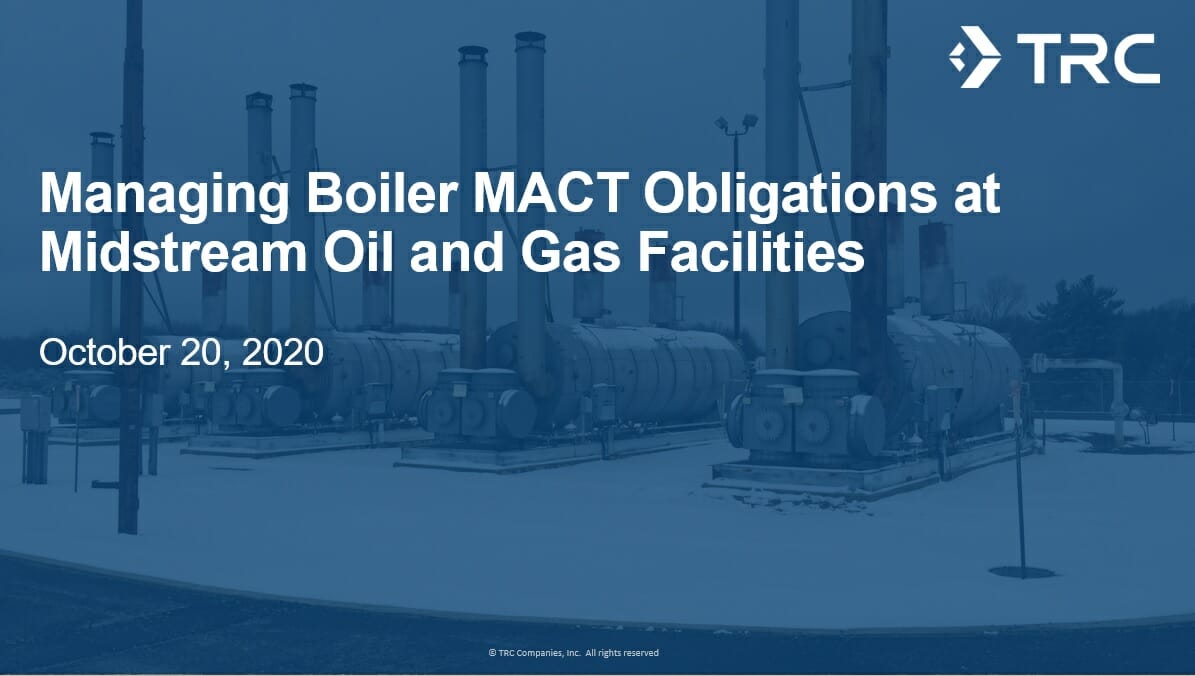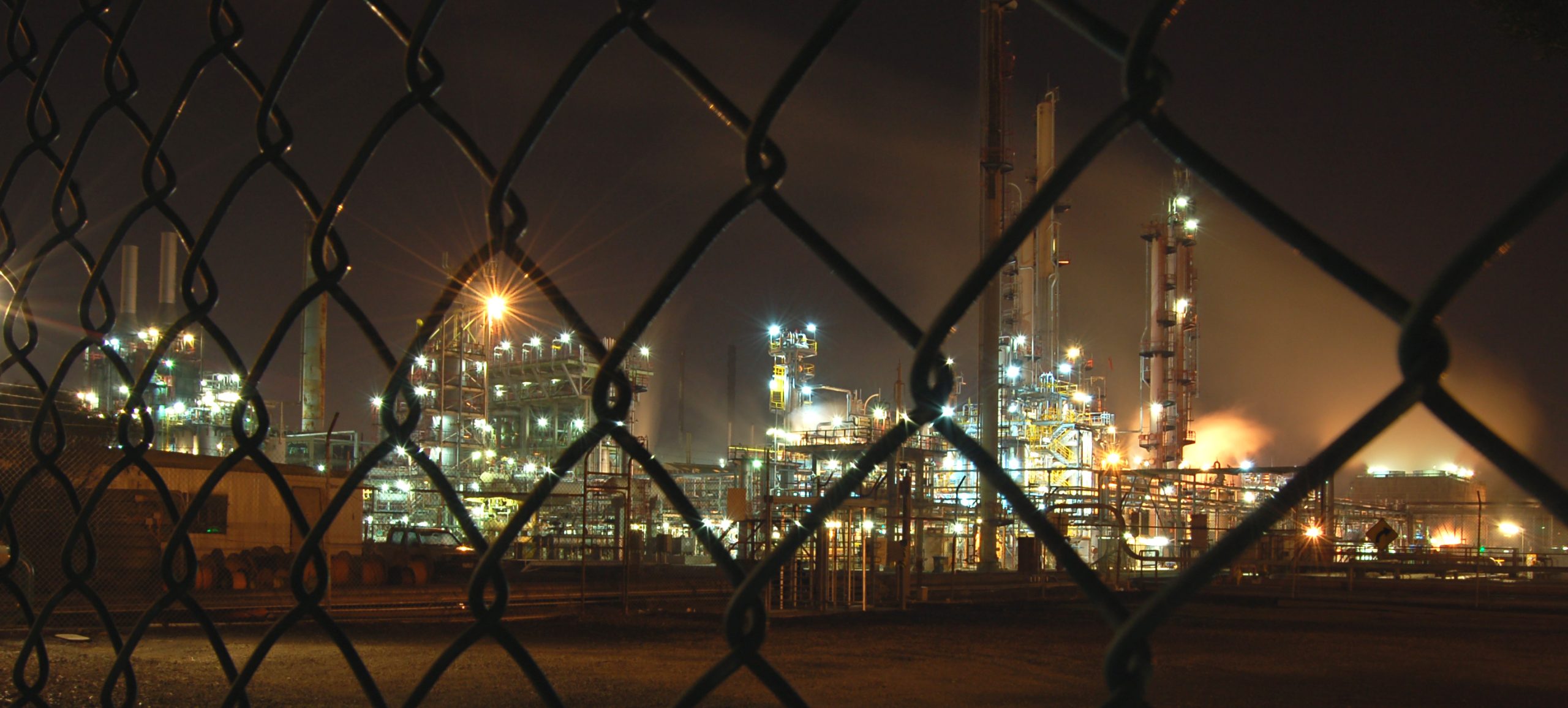Embrace New Possibilities for Air Quality Management
Permit and compliance strategies, innovative computer modeling and engineering solutions that integrate with plant operations.
The Clean Air Act (CAA) and subsequent amendments and regulations promulgated by the Environmental Protection Agency (EPA) address the country’s air quality issues by providing the basic framework to protect human health and the environment. These federal laws and regulations, supplemented with state and local regulations, change regularly as the U.S. finds its balance between economic and environmental interests.
Each of these regulatory requirements must be considered in the overall air permitting and regulatory compliance strategy for a facility. Air quality consultants help you navigate these regulatory requirements and remain compliant.
TRC’s air quality consultants are specialist environmental science technicians monitoring and reporting on airborne pollution levels through sampling and inspections. As a nationally recognized leader in the air quality industry, we maintain the technical expertise, experience, innovative personnel and in-depth regulatory knowledge needed to adapt to the complex issues raised by the CAA Amendments.

Achieve Your Goals With Our Air Quality Experts
The process of identifying and demonstrating compliance with applicable air regulations can be complicated and overwhelming. TRC works with you to develop the best air quality permitting and compliance strategies to achieve your business goals, while streamlining the permitting process for timely review and approval.
By serving a wide range of industries and continually staying at the forefront of regulatory developments, we can handle large and complex projects and save our clients time and money.
With offices across the country, we have long-standing relationships with state regulators and offer an effective combination of local and national expertise.
Our modeling staff of certified consulting meteorologists (CCM), qualified environmental professionals (QEP), environmental engineers and other related disciplines work closely with our project managers, permitting engineers and clients to conduct ambient air quality impact analyses. Weare proficient in the application of EPA recommended regulatory models as well as assessing and selecting alternative models that may be applicable to non-traditional applications. We have worked for decades with federal and state regulatory agencies as well as federal land managers and understand the applicable modeling requirements and protocols to assure that our modeling analyses will be readily accepted and approved.
Related Materials
 OSHA Regulations
OSHA Regulations
Published January 27, 2025
 Smoke Related Air Quality Consulting Services
Smoke Related Air Quality Consulting Services
Published January 27, 2025
 OSHA Regulations for Protecting Employees from Wildfire Smoke
OSHA Regulations for Protecting Employees from Wildfire Smoke
Published January 27, 2025
Air Permitting and Regulatory Assistance
Together, TRC’s more than 200 air quality assessment consultants provide critical support in regulatory compliance, facility permitting and enforcement support related to state and federal regulations and requirements including:
- National Ambient Air Quality Standards (NAAQS)
- Prevention of Significant Deterioration (PSD/NSR), Non-Attainment New Source Review (NNSR)
- Visibility Protection/Regional Haze
- Standards of Performance for New Stationary Sources (NSPS)
- National Emission Standards for Hazardous Air Pollutants (NESHAP/MACT)
- Power Plant Regulations (MATS, NSPS and ESPS/Clean Power Plan)
- Compliance Assurance Monitoring (CAM)
- Chemical Accident Prevention Provisions/Risk Management Program (RMP)
- State and Federal Operating Permits
- Acid Rain Program
- Protection of Stratospheric Ozone
- Mandatory Greenhouse Gas Reporting
- Emergency Planning and Community Right-to-Know Act (EPCRA), Sections 301-303, 304, 311-312, and Section 313 TRI Form R
Additional air permitting and regulatory assistance services include:
- 112(R) Clean Air Act Risk Management Plans
- Air Permitting and Strategic Consulting
- Auditing and Reporting
- Compliance Auditing
- Compliance Management
- Emission Inventories and Monitoring
- Expert Testimony
- Fugitive Emission Programs
- Greenhouse Gas Inventories, Monitoring, Reporting and Strategies
- Odor Studies
- Offsets/Allowance Planning
- Permit Strategy Development
- Transactional Due Diligence
- PSD/NSR Expertise
- Regulatory Policy Analysis
- RMP Compliance Support
- SARA Title III, Section 313
- Source Apportionment
- Sustainability Assessments
- Toxic Emission Assessments
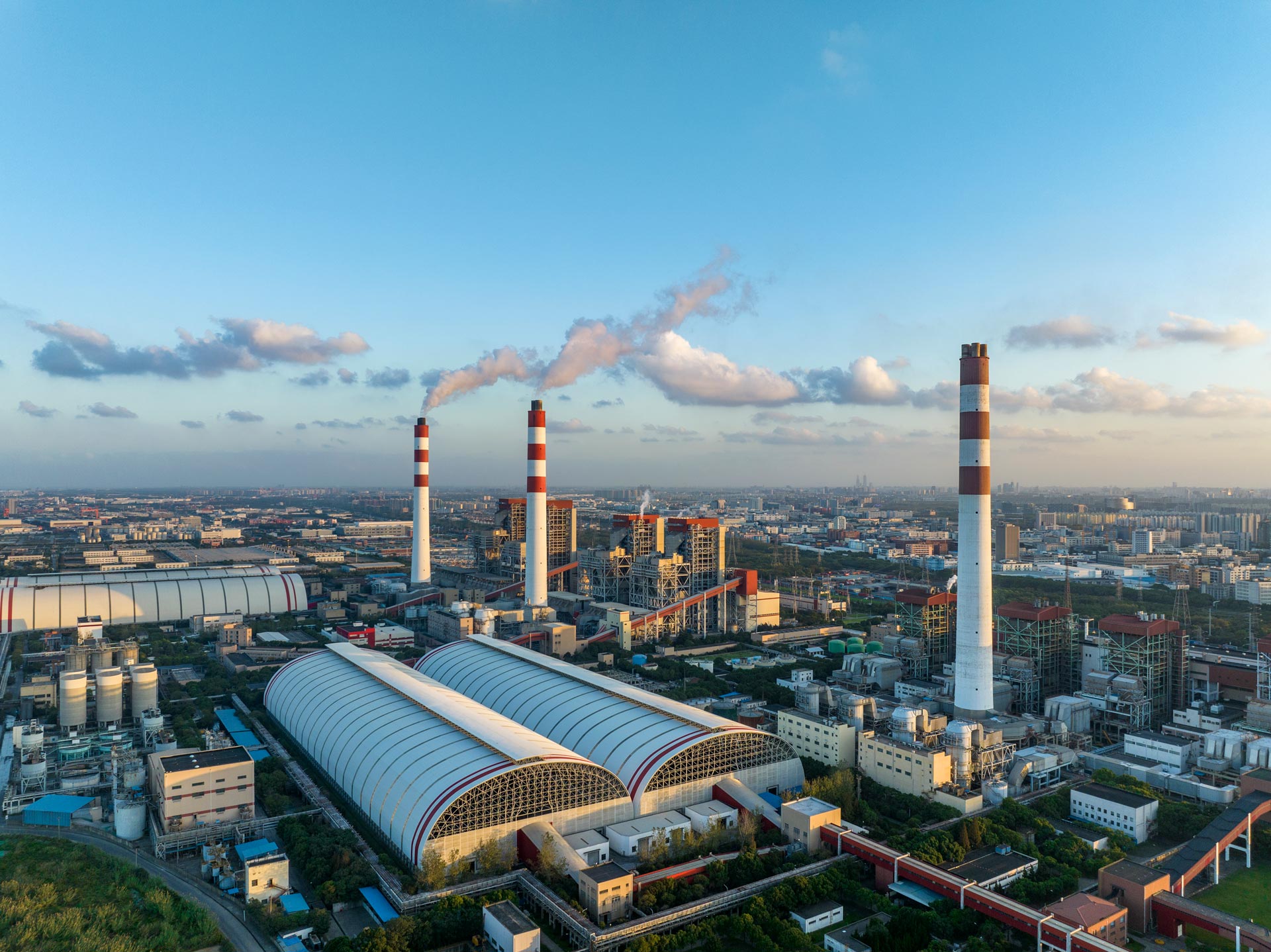
Air Modeling Services
As a leader in the air sciences, we provide modeling support for all aspects of project development phases, from conception to operation, including air quality permitting, monitoring network design, environmental impact statements, compliance demonstrations, risk assessments, emergency response situations, litigation, atmospheric research programs, odor evaluation studies, and military/defense programs.
TRC maintains a complete and current library of EPA recommended models and air quality guidance documents from federal, state and local agencies to ensure that our applications and results are acceptable for the intended regulatory body. We have also developed dispersion modeling algorithms to address specific project objectives.
In support of risk assessment projects, we perform air modeling to characterize the release, transport and fate of chemicals in the environment. We also provide exposure pathway evaluations, addressing both inhalation and non-inhalation exposure pathways as appropriate, to fully characterize air emissions-related risks.
Our services include:
- Application of Air Dispersion Models, including: ARCHIE, AERMOD, AERSCREEN, ALOHA, CALPUFF, CHARM®, CTDMPLUS, CAL3QHC/QHCR, CTSCREEN, DEGADIS, EpiCODE, ISCST3, NATE, OCD, OBODM, PLUVUE, SCICHEM, SCREEN3, SLAB, and VISCREEN
- Meteorological Modeling: WRF, MM5
- Computational Fluid Dynamics (CFD): FLUENT, OpenFOAM
- Photochemical Grid Modeling: CMAQ, CAMx
- Odor Modeling
- Emissions Modeling: MOVES, SMOKE

Process and Air Pollution Control Engineering
We provide a comprehensive mix of environmental compliance expertise, process engineering knowledge and construction project management capabilities to help industry meet chemical, industrial, mechanical and environmental process challenges. Our team integrates the best air emission control approaches with plant process operations, indoor air quality and regulatory requirements to provide solutions that address the full spectrum of client needs. Services include:
- Industrial Ventilation Assessments and System Engineering
- Air Pollution Control System Design and Engineering
- Emission Reduction Credit (ERC) Banking and Trading Support
- Emissions Control Technology Analyses (RACT, BACT, MACT, or LAER)
- Pollution Control Equipment Assessments and System Troubleshooting
- Manufacturing Process Design Improvements
- Incineration, Combustion and Thermal Oxidizer System Design and Engineering
- Energy Recovery Assessments and System Engineering
- Industrial Hygiene Assessments and Design of Engineered Controls
- Turnkey Project Design and Implementation

Related Materials
Gain insight into the industry’s challenges and opportunities by reading our research reports.
 TRC Air Quality Management Services
TRC Air Quality Management Services
Published October 23, 2024
 Greenhouse Gas Emissions Inventories
Greenhouse Gas Emissions Inventories
Published October 23, 2024
Air Quality Consulting
TRC’s experienced air quality consultants help you navigate regulatory requirements to ensure compliance from start-up through facility closure. Our staff is distributed nationwide— equipping us with expertise in all areas and states and enabling our staff to respond efficiently to our clients’ needs. Our deep bench of experts hold decades of experience in air quality consulting and maintain relationships with regulators at the federal and state levels.
Check out our technical resource PDF to learn more about our team of tested practitioners and how they can assist your organization with air quality consulting.
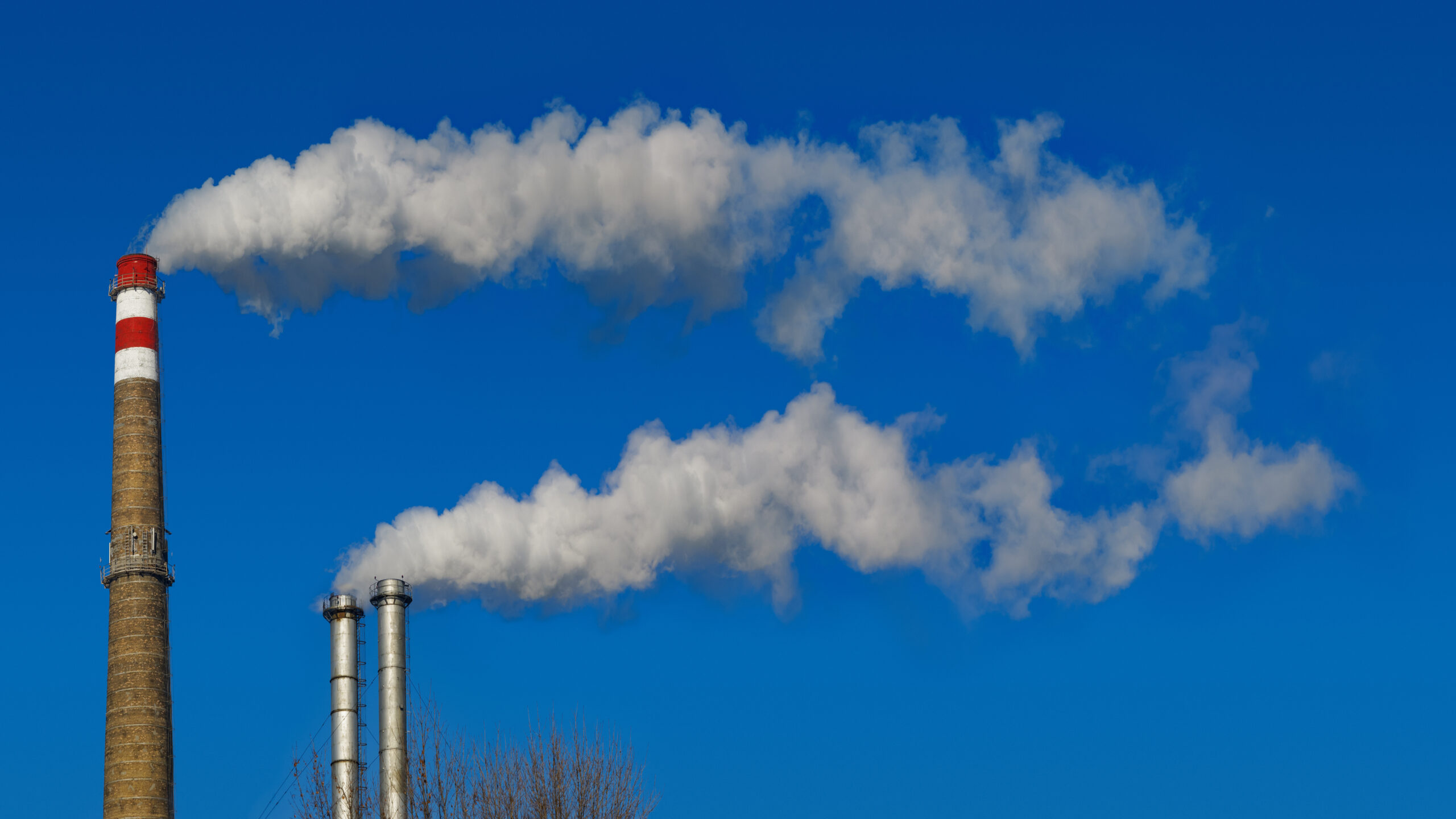
Air Quality Modeling
Air quality modeling can be a useful tool for navigating the complex regulatory landscape, reducing environmental impact and supporting communication efforts with external stakeholders. Our expert staff has decades of experience providing modeling for all aspects of project development, from conception to facility operations.
Check out our technical resource PDF to learn more about our team of tested practitioners and how they can assist your organization in air quality modeling.

Featured Projects
Discover the success we’ve had with helping our clients execute major projects and make a meaningful impact on their local communities.
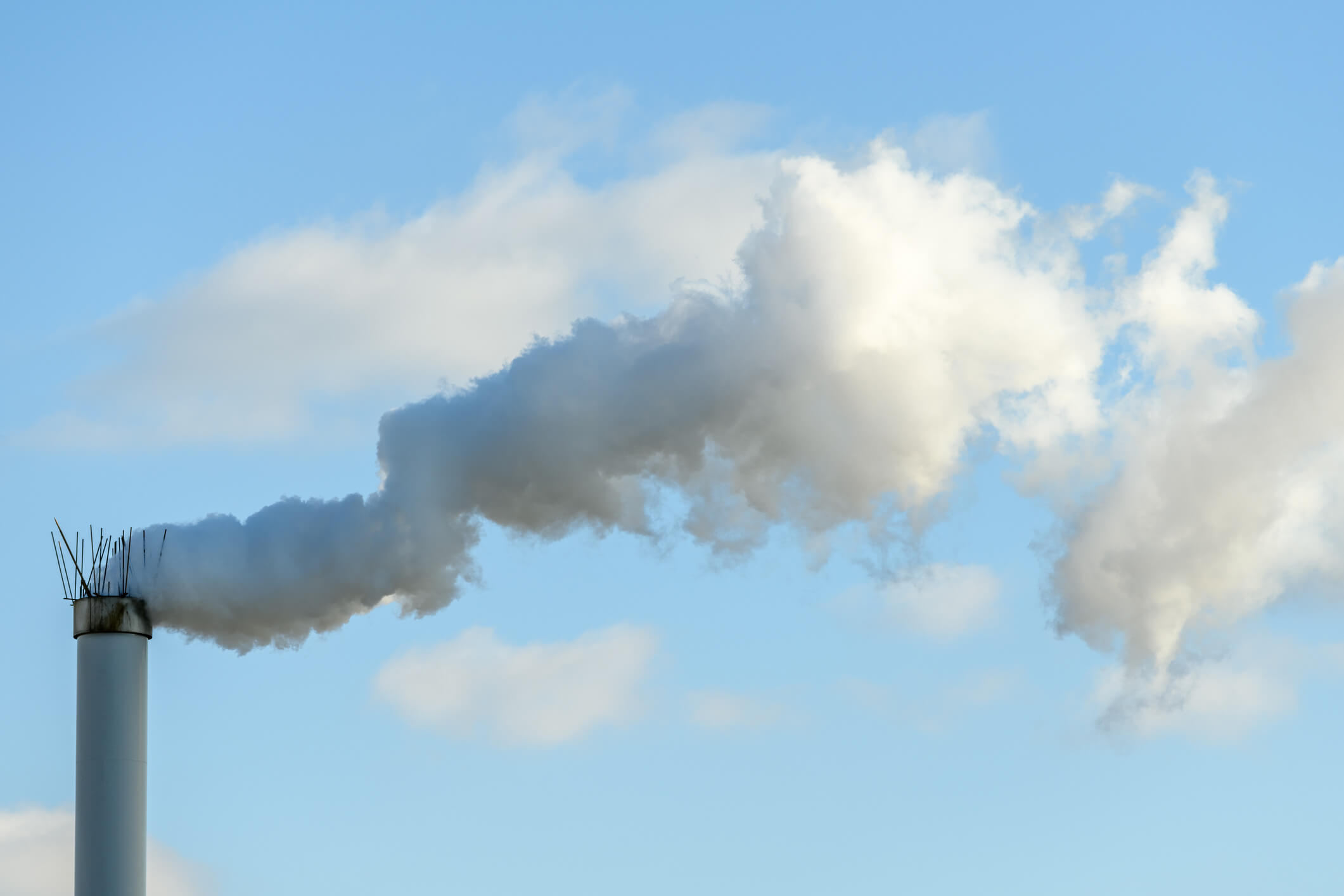
The U.S. Environmental Protection Agency (EPA) selected TRC to assist in the development of scientifically valid data for the measurement …
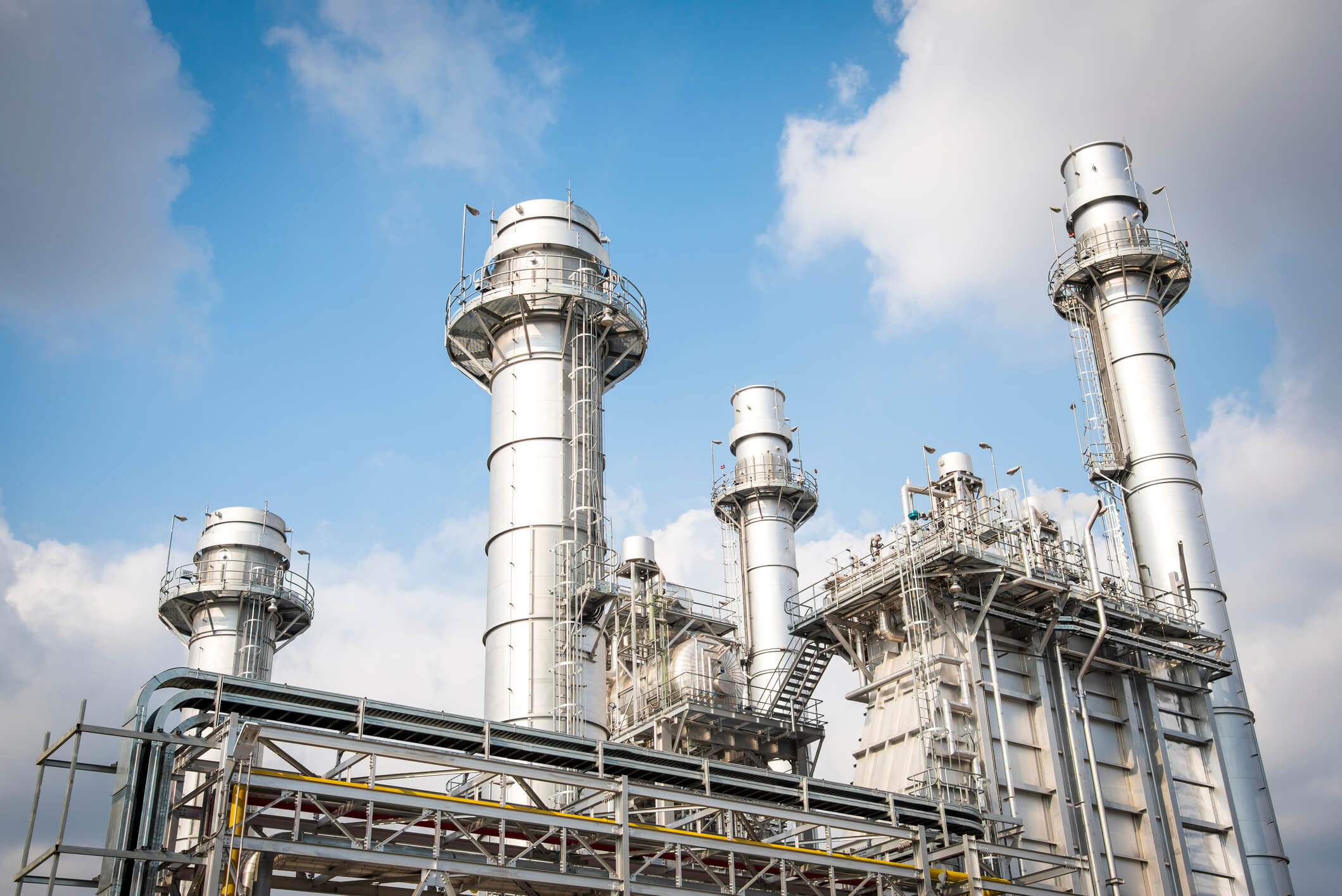
TRC Air Consulting team’s task was to identify exactly how much the emissions exceeded the NAAQS.
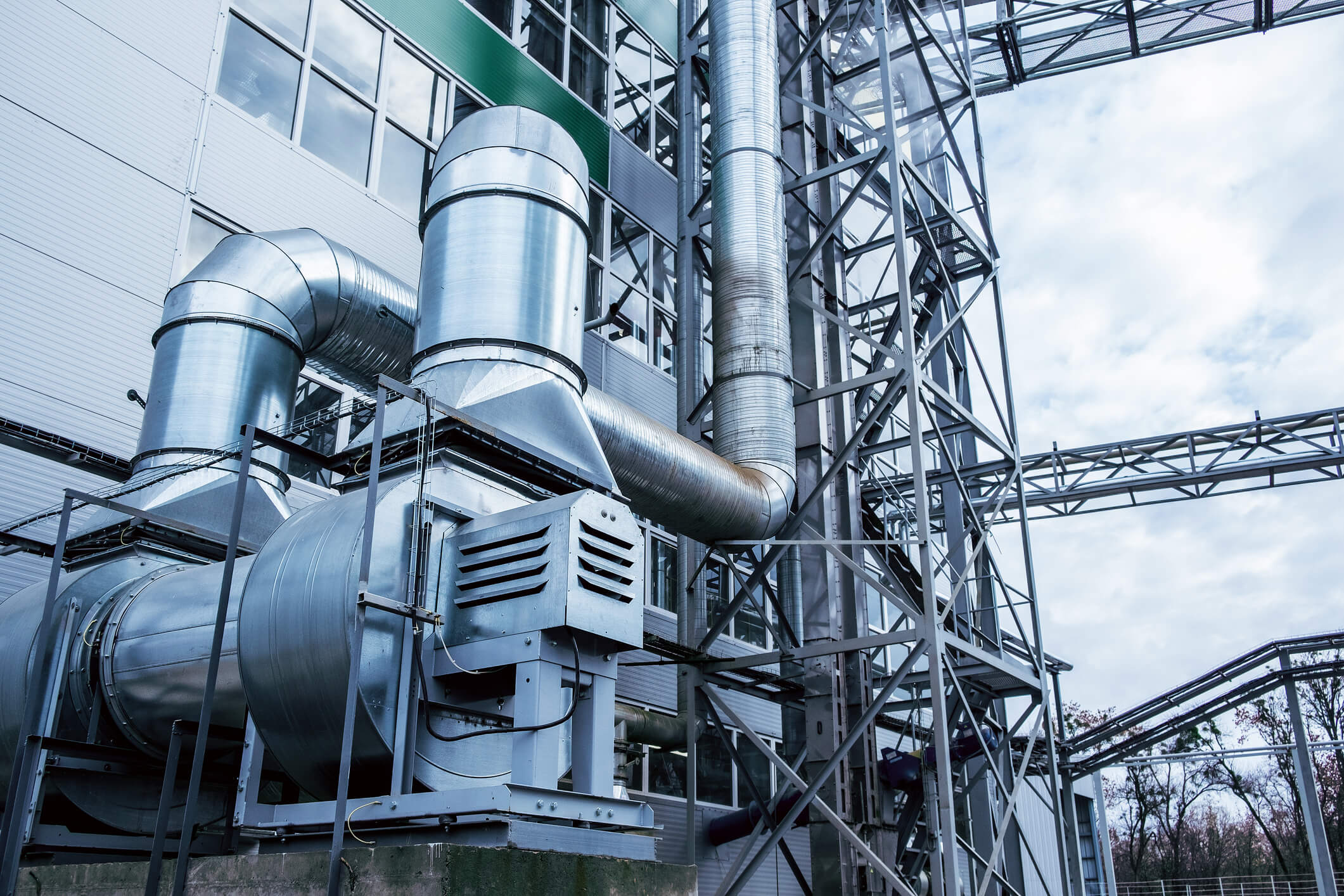
TRC delivered design, procurement, and construction services for 38 miles of transmission lines, two substation expansions, and equipment upgrades at …

TRC has provided a variety of services to this recycling facility, keeping it up to date with permit requirements.

The U.S. Environmental Protection Agency (EPA) selected TRC to assist in the development of scientifically valid data for the measurement …

TRC Air Consulting team’s task was to identify exactly how much the emissions exceeded the NAAQS.

TRC delivered design, procurement, and construction services for 38 miles of transmission lines, two substation expansions, and equipment upgrades at …

TRC has provided a variety of services to this recycling facility, keeping it up to date with permit requirements.
Get Air Quality Results With TRC
TRC is a global leader in air quality consulting and air pollution support. Our client-focused air quality professionals use state-of-the-art technology to cost-effectively meet project needs and schedules. Our national footprint, defined by a local presence throughout the country, allows us to bring the requisite balance of experience, expertise and regulatory and industry knowledge to our clients’ air quality projects and programs.
To discuss your unique air quality needs, contact us today.

Sharing Our Perspectives
Our practitioners share their insights and perspectives on the trends and challenges shaping the market.

PM2.5 Annual NAAQS Revised
May 7, 2024
The U.S. EPA issued a final rule based on its reconsideration of its 2020 decision to retain the primary and secondary National Ambient Air Quality Standards (NAAQS) for particulate matter (PM) without revision.
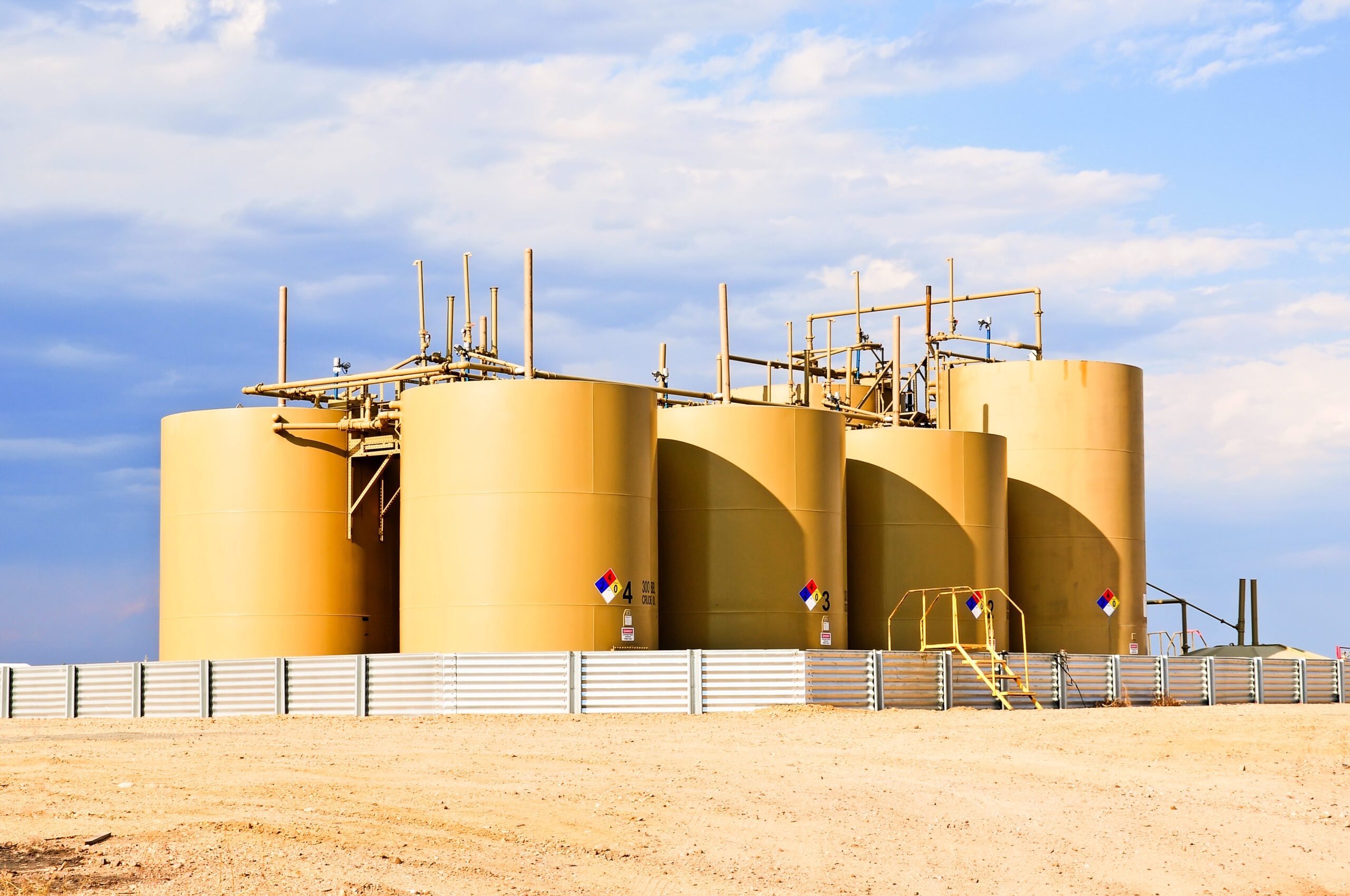
EPA Issues Regulations for Oil and Natural Gas Sector Tank Emissions
April 30, 2024
Storage Vessel or Tank Battery Operators Must Reduce Emissions by 95%.
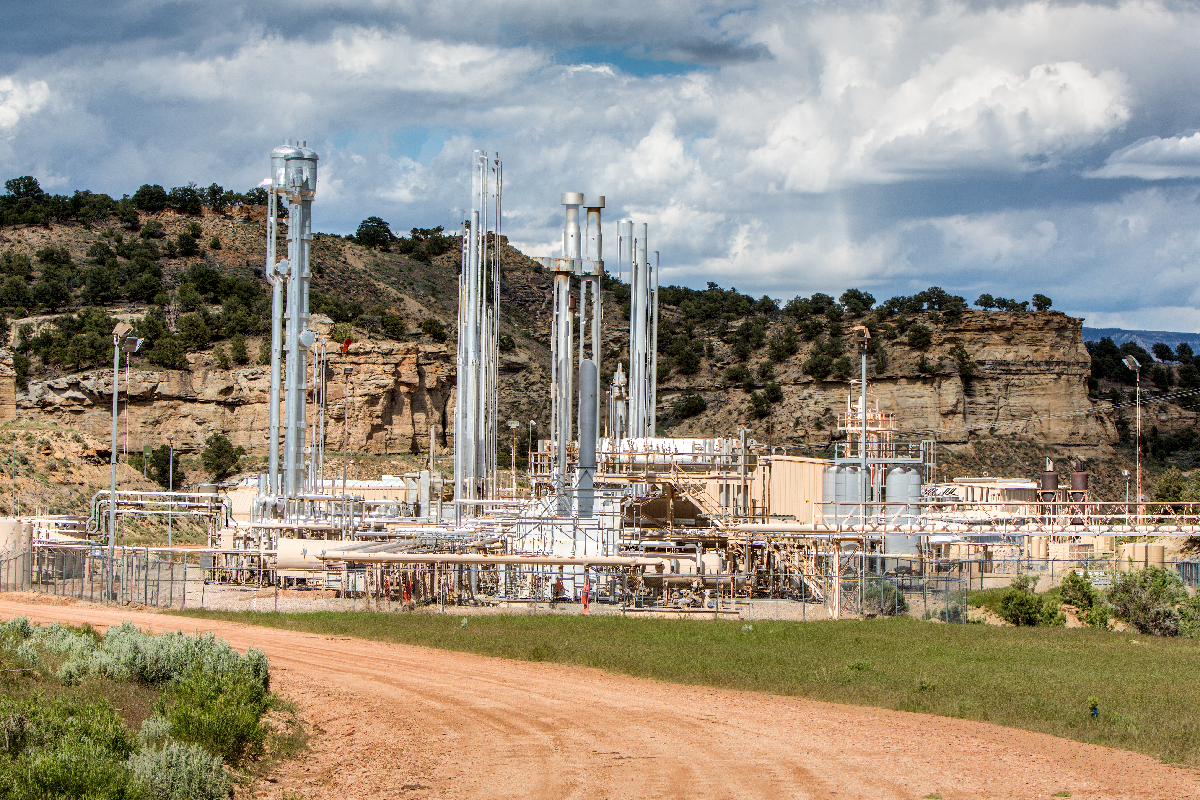
EPA Proposes Rules for IRA-mandated Waste Emissions Charge for Methane
February 6, 2024
EPA proposed rules to implement the Waste Emissions Charge (WEC) program for facilities that exceed a waste emissions threshold

EPA Proposes New Guidance on Air Quality Analysis for Permits
January 5, 2024
On October 23, 2023, the US EPA proposed changes to the Guideline on Air Quality Models and the US EPA model AERMOD
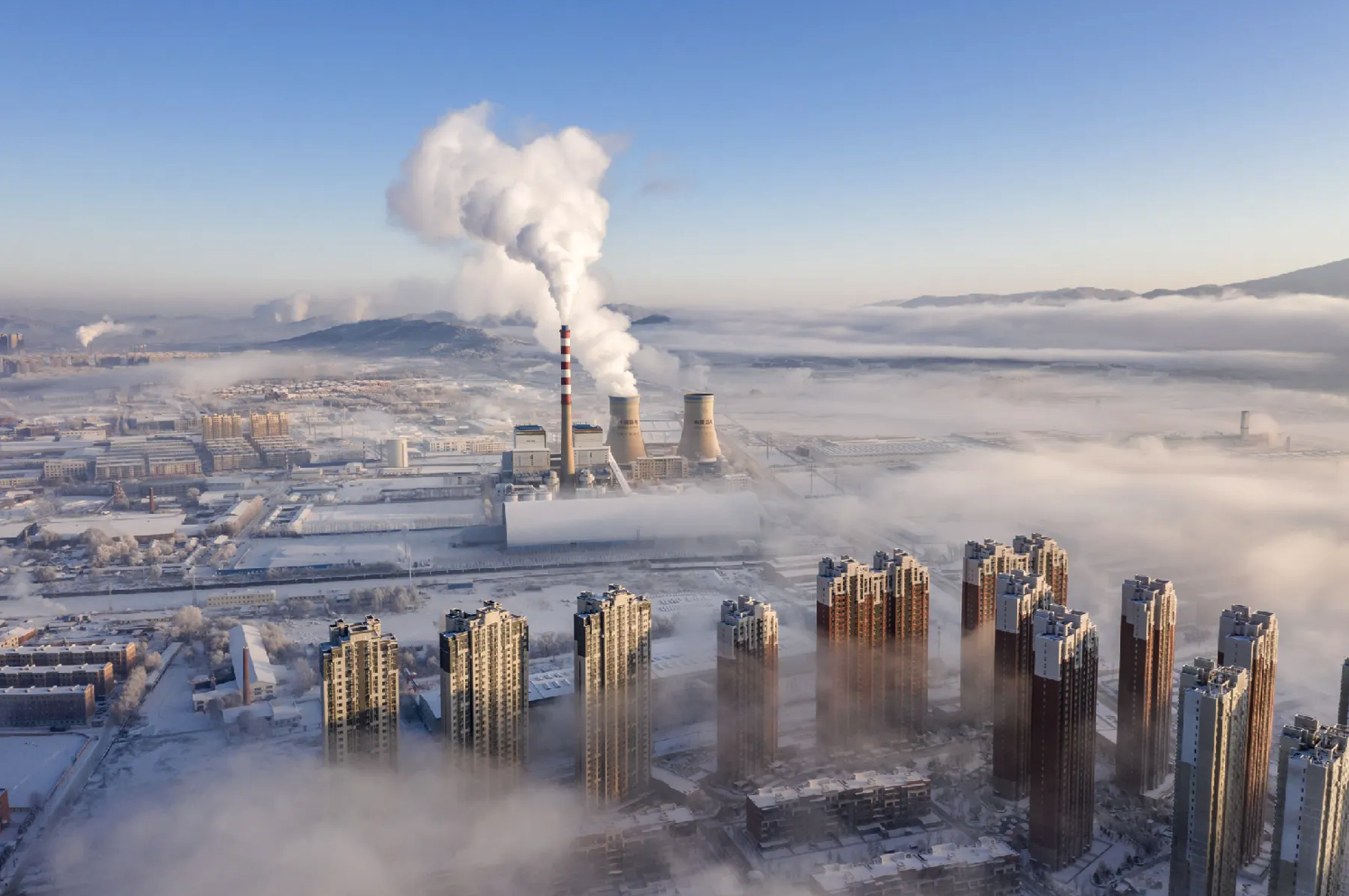
Modeling of Fogging and Icing Events
December 14, 2023
In recent years, various agencies across the country have become committed to understanding the impacts of fog generated by cooling systems. At first glance, fog created by cooling towers may not appear to be a significant problem, however, it can have adverse effects on the public. Fog can impair visibility for people driving on roads and if temperatures are below freezing, fog can cause the formation of rime ice on surfaces. To understand the consequences of fog created by these cooling systems, experts have devised advanced modeling techniques.

EPA Proposes Regulation of Green House Gas Emissions
July 10, 2023
This article highlights the EPA’s proposed rules to regulate greenhouse gas emissions from power plants and the potential impact on new and existing fossil fuel-fired facilities.
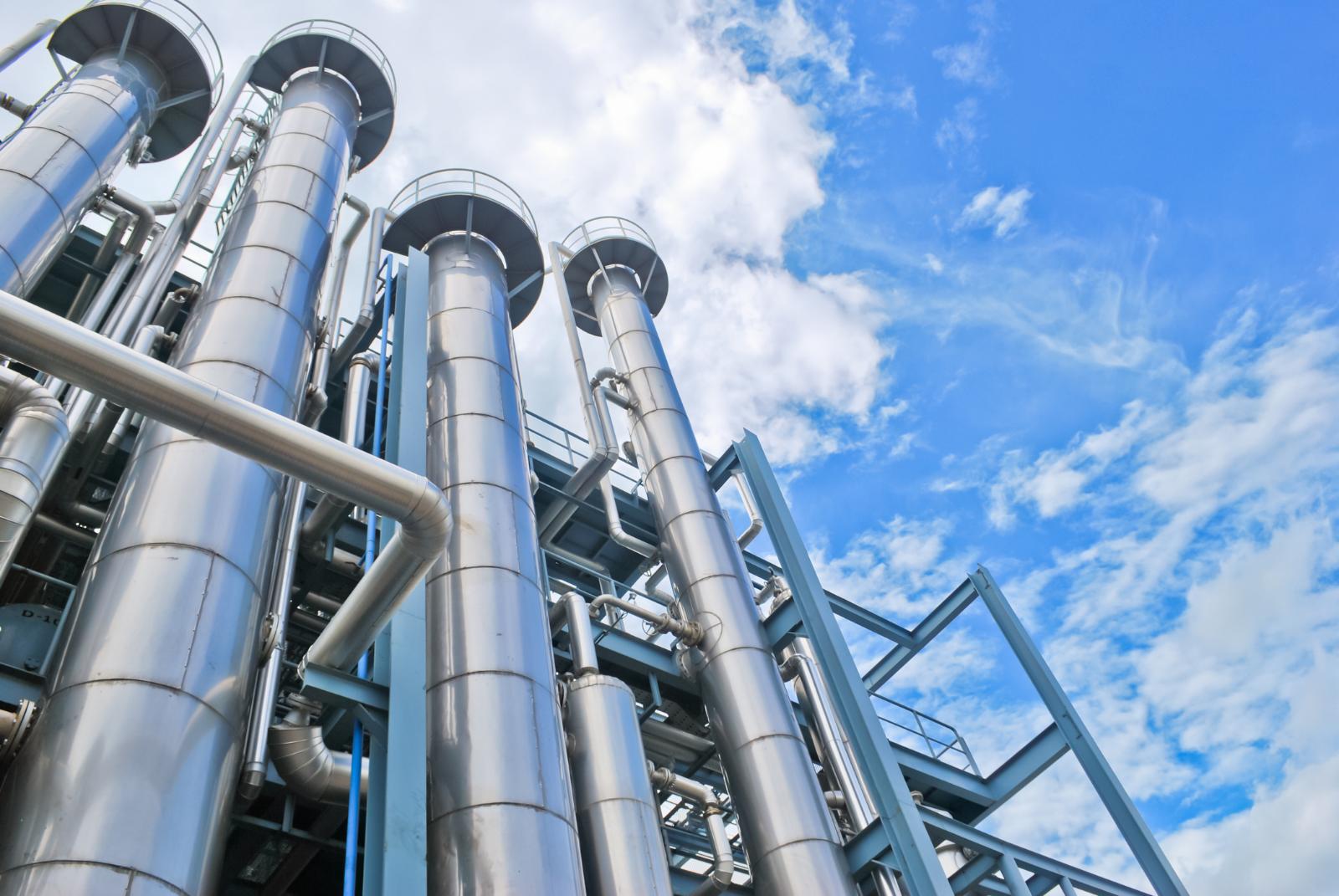
TRC Acquires United Sciences Testing, Inc., Expanding Air Management Capabilities
February 23, 2022
TRC Companies (“TRC”), announced the expansion of its Air Management capabilities with the acquisition of United Sciences Testing, Inc. (USTI), who provides emissions testing services to utility and industrial clients within the Great Lakes and Midwest regions of the US.

EPA Adds First New Hazardous Air Pollutant Since 1990
January 14, 2022
EPA finalized a rule to add 1-bromopropane to the federal list of hazardous air pollutants (HAPs) on December 22, 2022.

Air Emissions Permitting: What Analytical Laboratories Need to Know About Compliance
December 18, 2021
The independent testing of liquid and solid samples is a critical way that businesses demonstrate regulatory compliance. The laboratories that perform these analyses are also subject to environmental rules and should closely track their operations to ensure they are meeting compliance obligations.
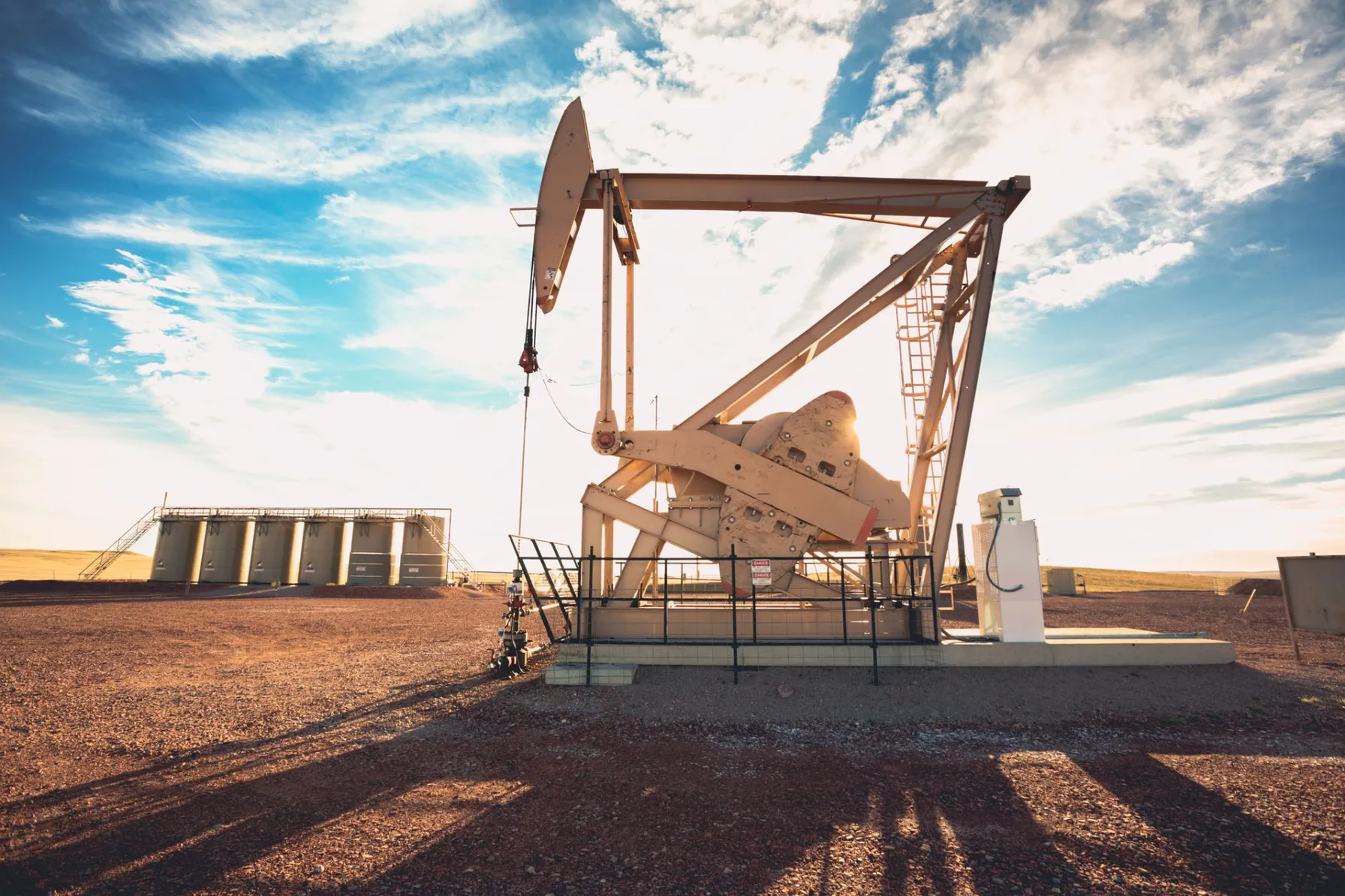
EPA Proposes Changes to Methane Control at Petroleum Operations
November 10, 2021
New Source Performance Standard for Methane Control at Petroleum Operations in 2022

PFAS Air Emissions Standards and Trends for Summer 2021
August 17, 2021
Environmental impacts of PFAS in ambient air leads to states implementing PFAS air-related thresholds.

Managing EHS & ESG Risks Through Integrated Systems Today and Beyond
July 22, 2021
It has been more than 50 years since the development and establishment of the federal Environmental Protection Agency (EPA) and the federal Occupational Safety & Health Administration (OSHA) which were formed to protect our environment and workplaces across the United States. Significant laws, policies and regulations followed to establish the “regulatory programs” that all applicable businesses and entities must address and meet to ensure these compliance-driven legislative programs would create a foundation to protect our society.

EPA Ramps Up Inspections and Enforcement Actions
May 14, 2021
EPA’s acting enforcement chief, Larry Starfield, directs agents to ramp up inspections in communities known to be afflicted by pollution
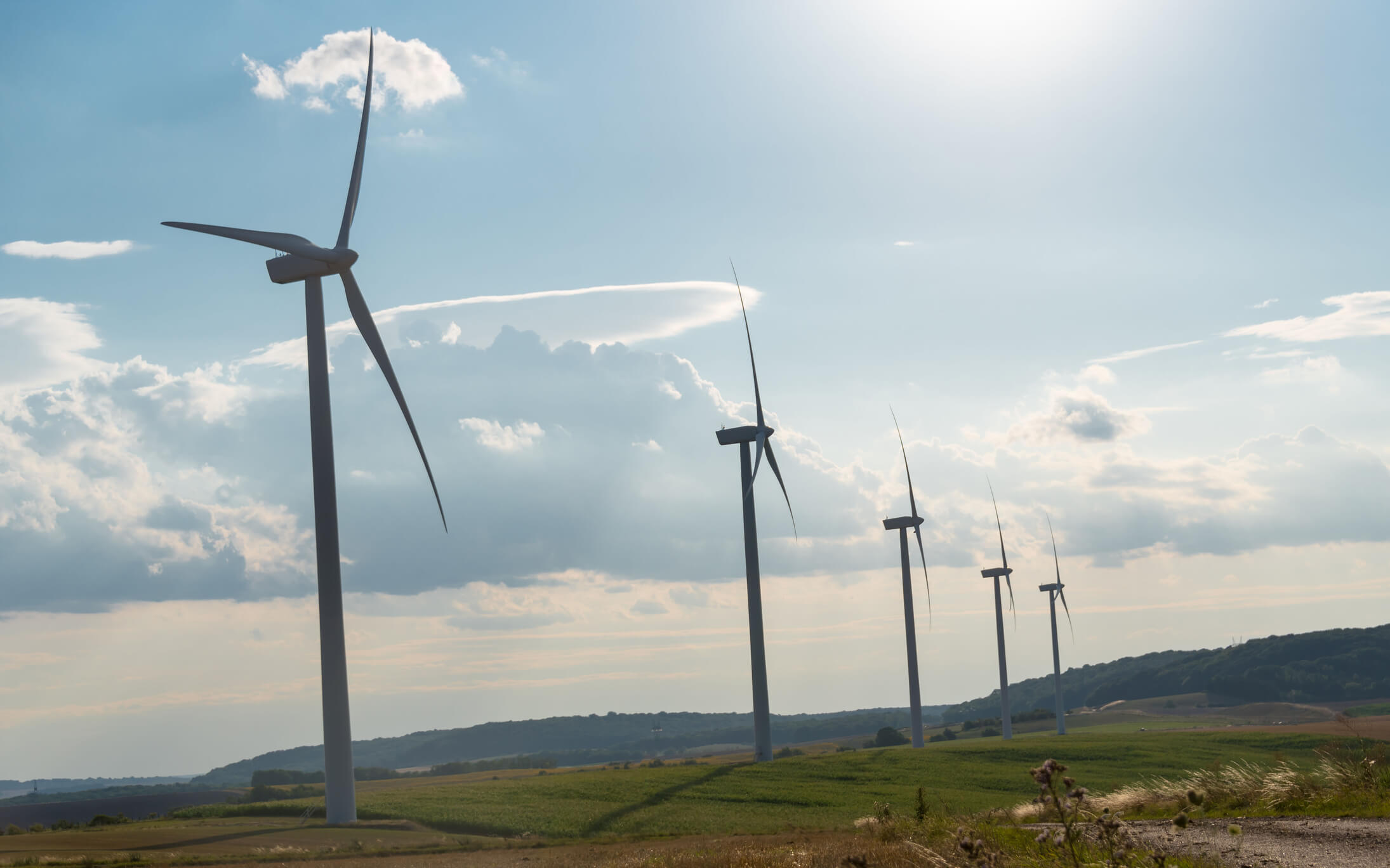
South Coast Air Quality Management District Rule 2305: Warehouse Indirect Source Rule
April 7, 2021
The rule is intended to reduce local and regional emissions of NOx and diesel particulate matter (PM).
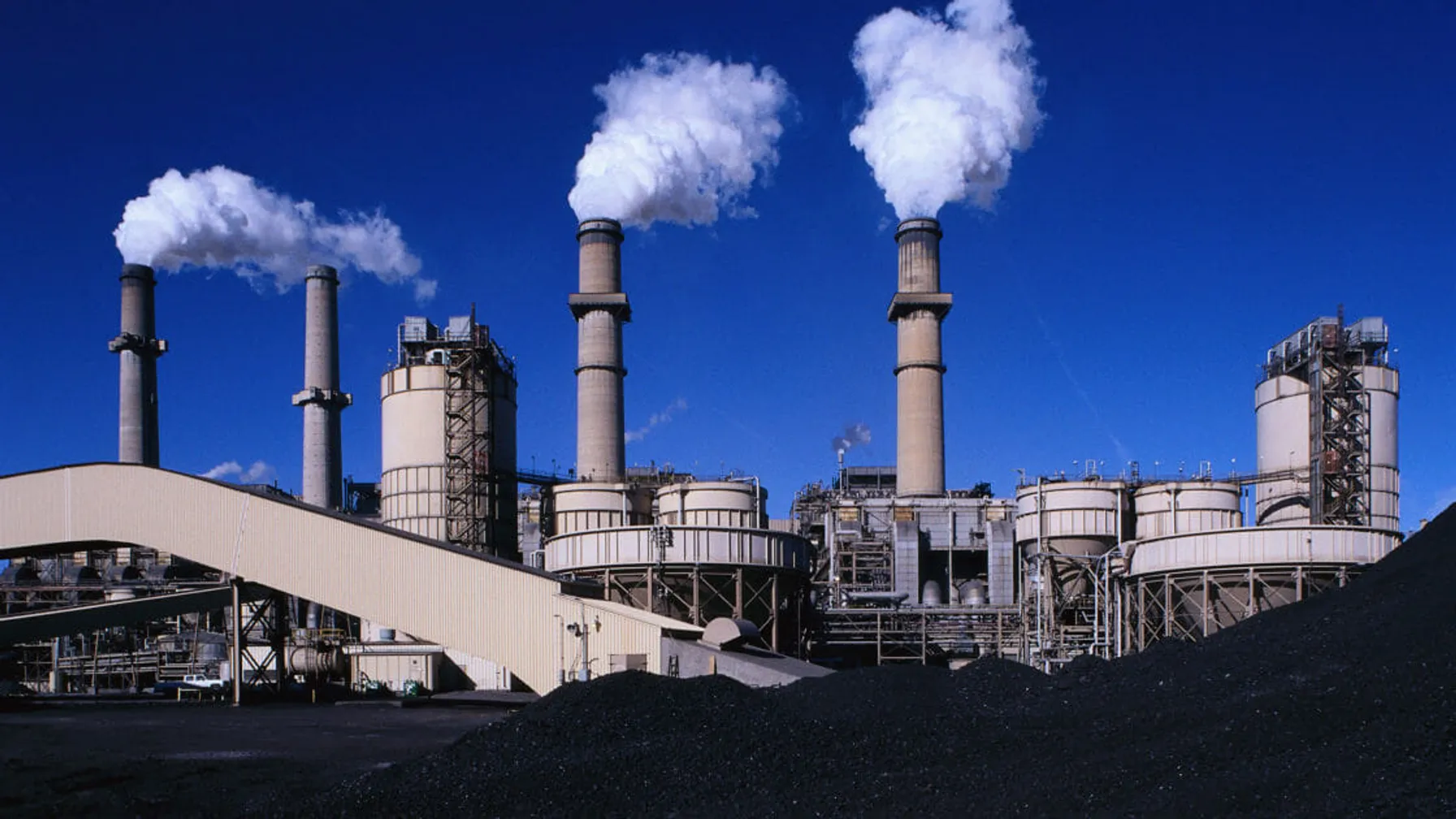
EPA Clean Air Act Rulemaking Announced December 2020
December 31, 2020
EPA announces Clean Air Act Rulemaking in the final month of the current administration and indicates more could be announced before the new administration comes into office.

New Jersey’s Landmark Environmental Justice Law
November 24, 2020
What Is an Indoor Air Quality Assessment? An indoor air quality assessment involves identifying and addressing air quality issues within a facility to ensure a healthy and safe environment for occupants. The assessment process typically includes an initial inspection, laboratory testing for contaminants, and recommendations for improvements. LEED-certified buildings prioritize indoor air quality, adopting measures to maintain good IAQ throughout construction and occupancy. Contact Us
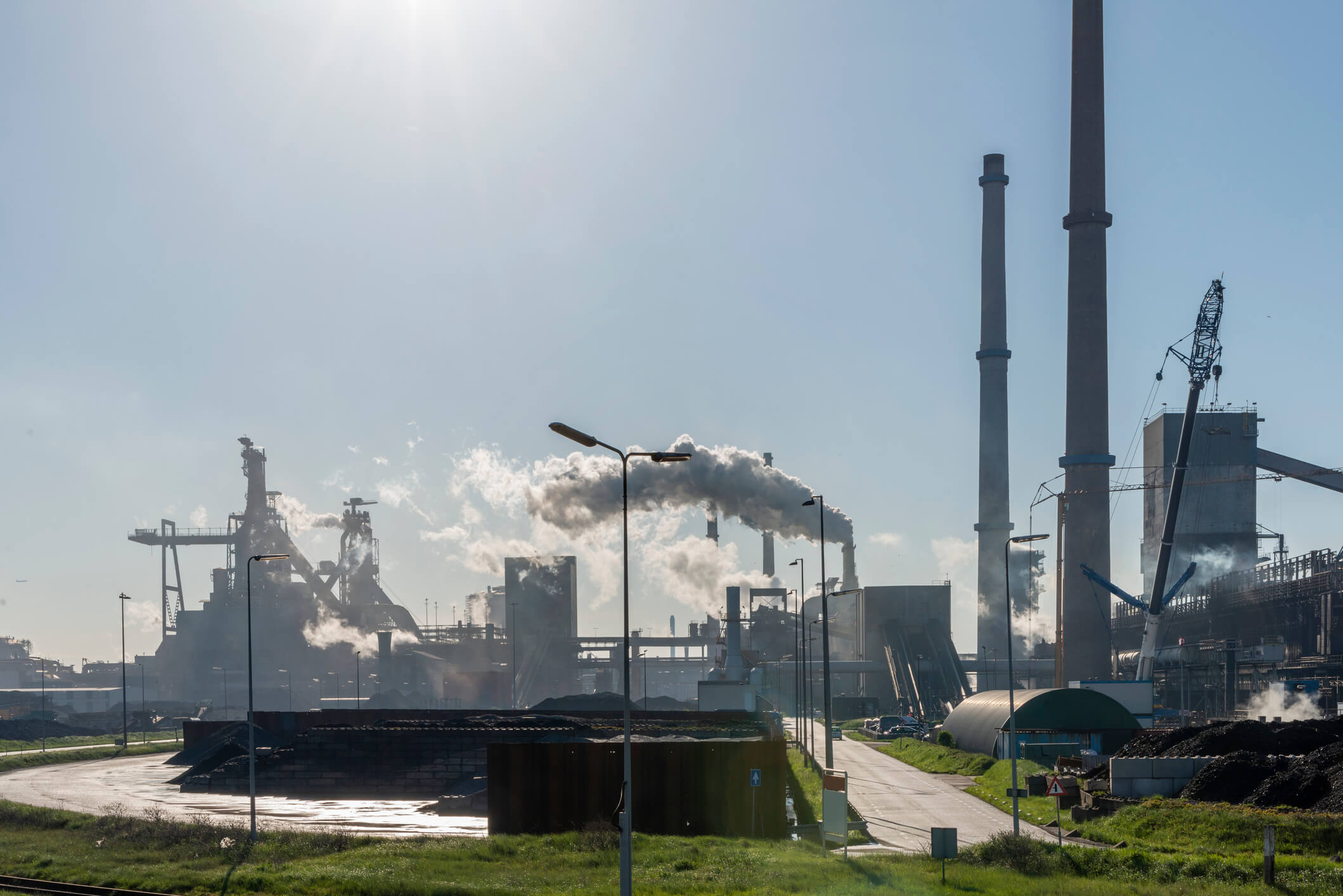
EPA Finalizes Reversal of “Once In Always In” Air Pollution Policy
November 18, 2020
On October 1, 2020, the EPA finalized a ruling that no longer enforces the “once in, always in” air emissions policy.

TRC Awarded a Yahara WINS Grant
August 28, 2020
TRC was recently awarded a Yahara WINS grant to develop a pilot scale simple aeration method for removing phosphorous from the discharge of manure digesters. The grant application was developed and submitted by: Bob Stanforth, Alyssa Sellwood, Mike Ursin, Ted O’Connell, Ken Quinn, and John Rice, who are members of multiple TRC CORE teams.
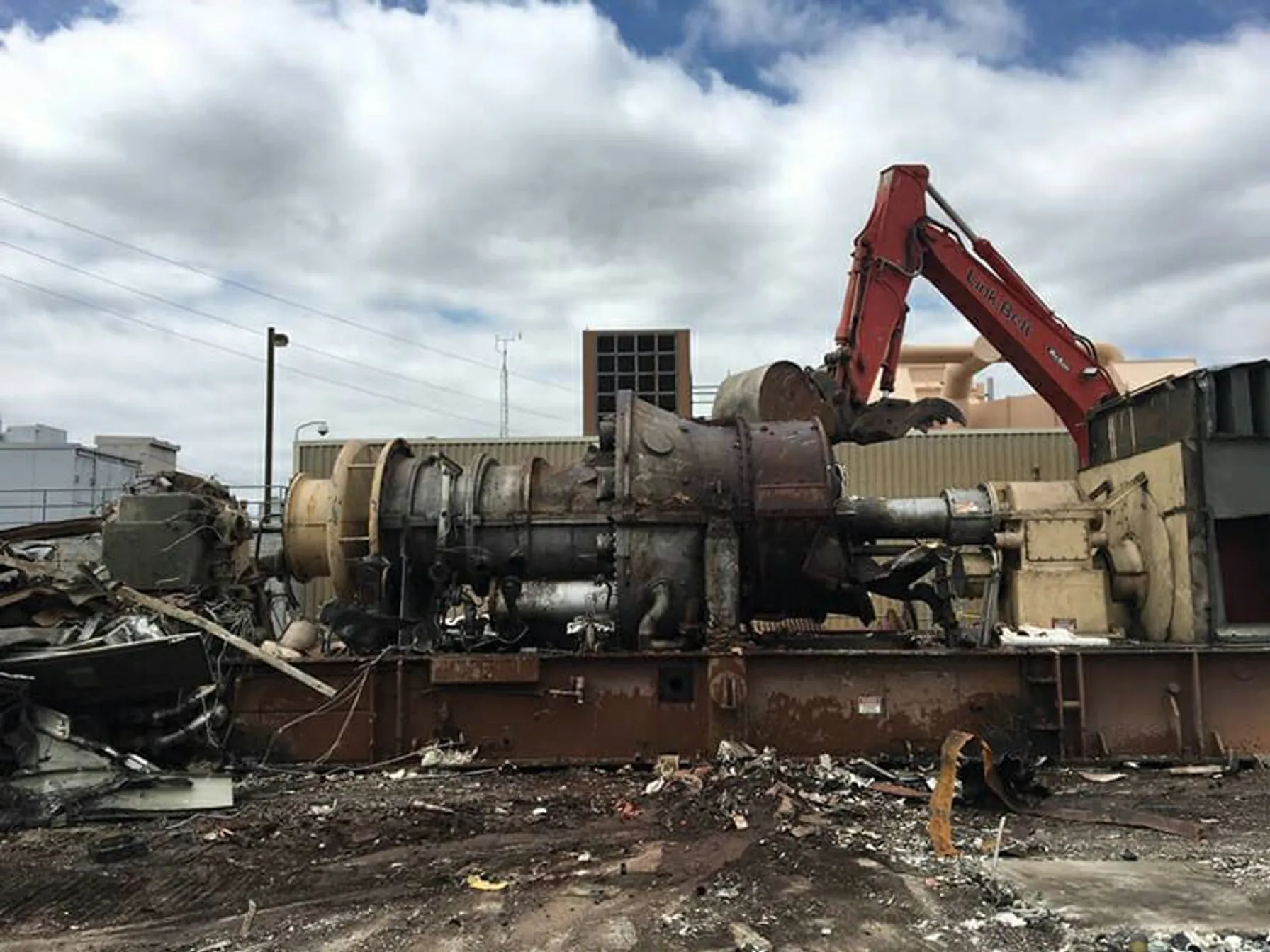
New York State Finalizes Emission Limits for Power Generators
January 21, 2020
On January 16, 2020, the New York State Department of Environmental Conservation (NYSDEC) finalized a rulemaking limiting nitrogen oxide (NOx) emissions from existing simple cycle and regenerative peaking combustion turbines with a nameplate capacity of 15 megawatts (MW) or greater during the ozone season (May 1 – October 31).
Adapt to
Change
Partner With TRC’s Tested Practitioners





